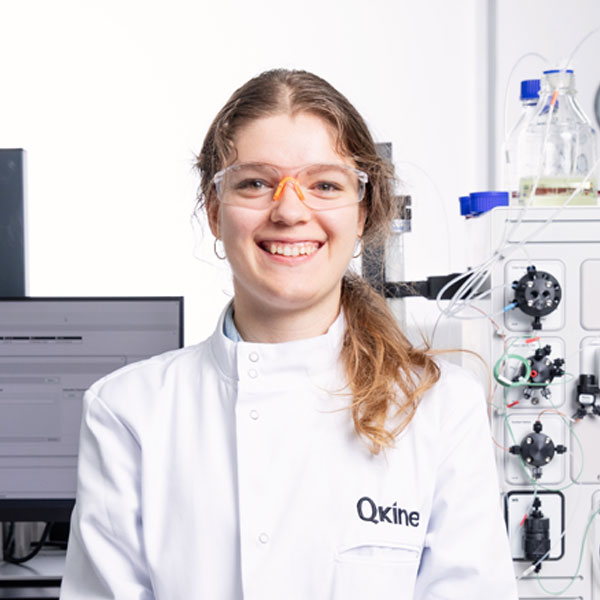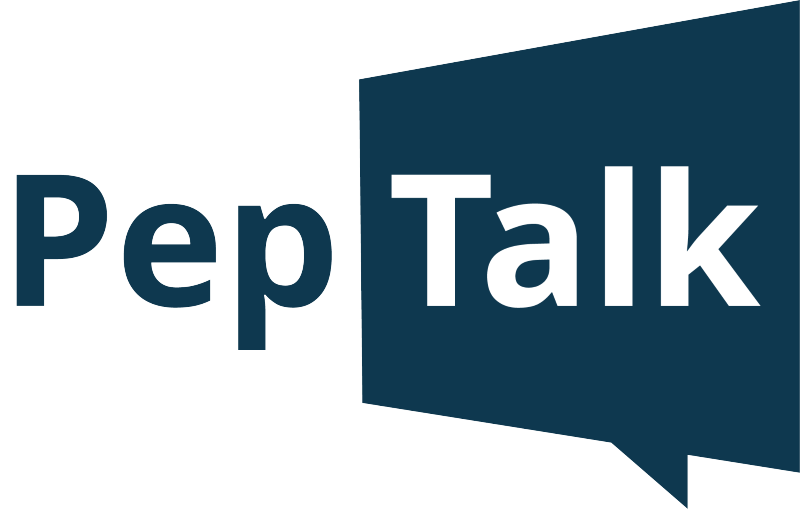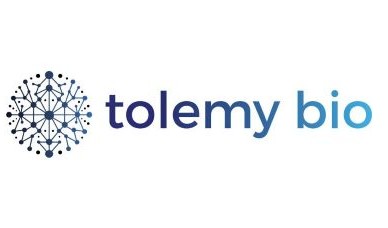The Cautionary Tale of GDF-15

GDF-15, a unique member of the TGF beta family provides a fascinating insight and some cautionary messages for manufacturers and scientists using highly bioactive recombinant proteins.
Growth differentiation factor 15 (GDF-15) is a distant member of the TGFβ superfamily. Its expression is tightly regulated and circulating GDF15 protein in serum is associated with diseases such as cancer, cardiovascular disease, obesity and metabolic disease. GDF15 protein is being recognized as an important biomarker for cellular stress [1].
Unlike other members of the TGFβ superfamily which cause activation of the SMAD pathway, GDF15 protein signals through GRAL and co-receptor RET leading to RET phosphorylation and signalling through the ERK and AKT pathway [1]. Commercial sources of recombinant human GDF15 protein, in particular those purified from mammalian expression, are frequently contaminated with trace amounts of TGFβ and related proteins. These trace contaminants cause misleading experimental results due to the picomolar or even femtomolar EC50s of this family of cytokines [2].
We produce our proteins in E. coli with no animal products in our culture or purification processes to ensure there is no contamination from related proteins. In addition, we use a well-characterized SMAD2/3 activation assay to confirm there is no SMAD activation from our GDF-15 preparations.
Why is it important to get this right?
Since the importance of GDF-15 quality was highlighted by Toril Holien and colleagues in 2017 when work was underway to identify the GDF-15 receptors and understand its basic biochemistry, GDF-15 has emerged as an important therapeutic target, biomarker and marker of cellular stress. One of the pioneers of this field is Professor Stephen O’Rahilly, Department of Clinical Biochemistry, University of Cambridge, A recent pivotal publication from his laboratory [3] revealed a causal link to severe maternal nausea and sickness in pregnancy and suggested a potential therapeutic route for debilitating disorder hyperemesis gravidarum. An interesting commentary is here.
If you are entering into the study of this important research area, please be cautious with your source of recombinant GDF15 protein, our scientists are happy to provide further information, please email support@qkine.com
References
To review GDF-15 product information, or to request a quote visit the datasheet.




